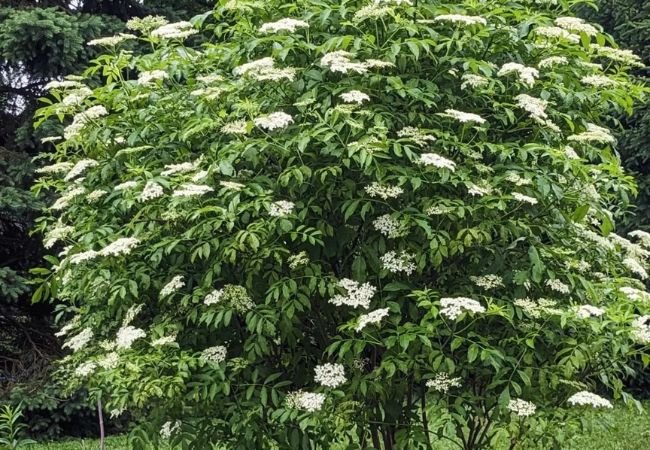Explore willow bushes—types, care, pruning, and more! Perfect for USA gardeners wanting a stunning, easy shrub. Click to learn all about willow bush uses and sizes.
Hey there, gardening friends! I’m Ashley Scott, and I’ve been playing in the dirt for over 10 years now. Gardening has taught me so much, and one plant that’s really captured my heart is the willow bush. If you’re curious about this versatile shrub—whether it’s about planting, pruning, or just figuring out what it can do for your garden—you’re in the right place. This guide is packed with everything I’ve learned about willow bushes, from their types and sizes to how I care for them in my own backyard. Let’s dig in!
What Is a Willow Bush?

So, what’s a willow bush? It’s not quite a tree, though it’s related to the famous willow trees you might picture drooping over a riverbank. Willow bushes are smaller, shrub-like versions from the Salix family, which has over 400 species of deciduous trees and shrubs. I love their graceful branches and vibrant leaves—some even come with pink or variegated colors! They’re perfect if you want that willow charm but don’t have space for a giant tree.
I planted my first dappled willow bush a few years ago, and it’s been a game-changer in my garden. It’s compact, easy to manage, and adds a pop of color that makes my yard feel alive. Whether you’re eyeing a dwarf willow bush or a large willow bush, there’s one out there for every space.
Types of Willow Bushes
There’s a willow bush for everyone, and I’ve tried a few varieties myself. Here are some popular ones you might want to check out:
1. Dappled Willow Bush (Salix integra ‘Hakuro-nishiki’)

- What I Love: Its leaves are a mix of green, white, and pink—gorgeous!
- Willow Bush Size: Grows 4-6 feet tall and wide.
- Tip: Prune it to keep that stunning new growth coming.
2. Dwarf Willow Bush (Salix herbacea)
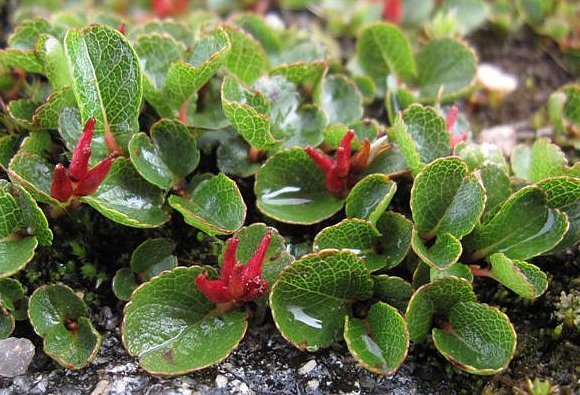
- What I Love: Perfect for tiny spaces or rock gardens.
- Size: Only 2-3 inches tall but spreads up to a foot.
- Tip: It likes cooler spots and well-drained soil.
3. Flamingo Willow Bush (Salix integra ‘Flamingo’)
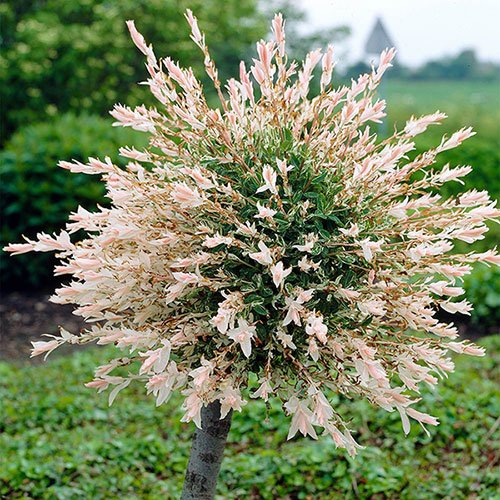
- What I Love: Even brighter pink than the dappled variety.
- Size: Hits 5-6 feet tall and wide.
- Tip: Full sun makes those colors pop.
4. Japanese Willow Bush (Salix sachalinensis)
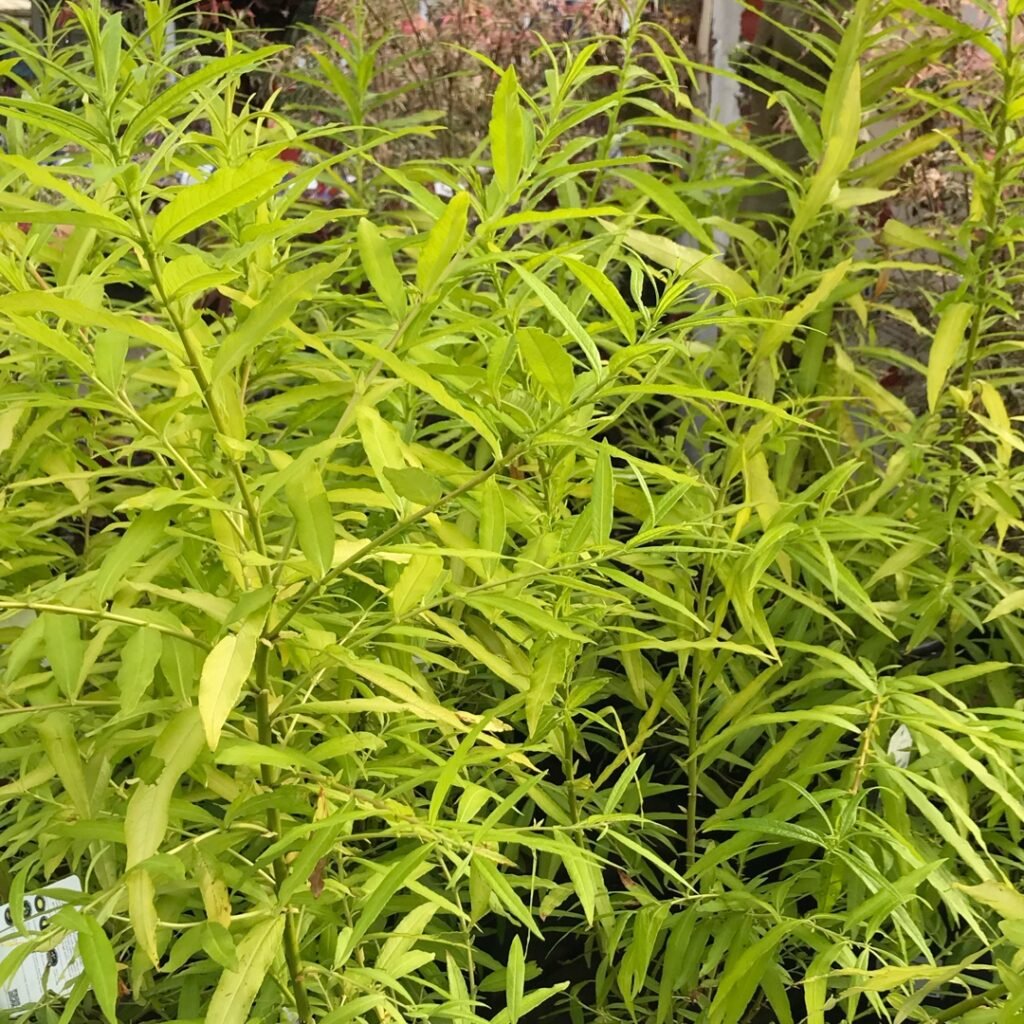
- What I Love: Big leaves and fast growth.
- Size: Can reach 10 feet if you let it go wild.
- Tip: Prune it to keep it bushy.
5. Weeping Willow Bush (Salix caprea ‘Pendula’)
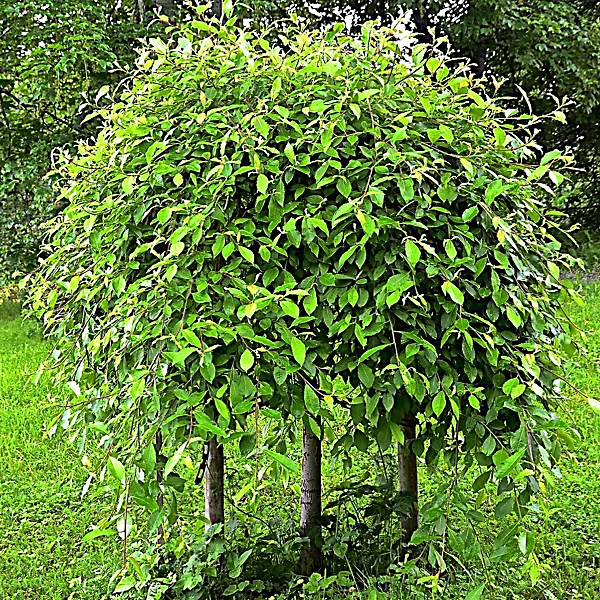
- What I Love: That cascading look in a smaller package.
- Size: About 5-6 feet tall with trailing branches.
- Tip: Plant it where those branches can shine, like near a pond.
Picking a type depends on your garden’s vibe. Want color? Go for a willow bush with pink leaves like the flamingo. Need something small? The dwarf willow bush is your friend.
How to Care for Willow Bushes
Caring for a willow bush isn’t rocket science, but they do have preferences. Here’s what I’ve learned works best:
Planting Location
- Sun: Full sun to partial shade. My dappled willow bush glows in sunlight!
- Soil: They love moist, well-drained spots—think near a stream or a damp corner.
Watering
- Keep the soil moist, especially when they’re new. I water mine weekly unless it rains.
Soil
- They’re not fussy, but slightly acidic to neutral soil is ideal. I mix in some compost to give them a boost.
Fertilizing
- A little slow-release fertilizer in spring does the trick. Too much, and you’ll be pruning nonstop!
Pruning
- Willow bush pruning is key. I trim mine in late winter to shape it and encourage fresh growth—especially for that pink color on my dappled willow.
Winter Care
- They’re hardy, but a layer of mulch helps in harsh winters. My dappled willow bush in winter drops its leaves, but it’s back with a vengeance in spring.
Pruning Willow Bushes: My Step-by-Step Guide
Pruning can feel daunting, but it’s worth it. Here’s how I do it:
- When: Late winter or early spring, while it’s dormant.
- Tools: Sharp shears for small branches, a saw for bigger ones. I clean them with alcohol first.
- How:
- Cut out dead or damaged branches.
- Thin the center for airflow—keeps it healthy.
- Shape it by trimming back to the size you want.
- After: Water it well and add a bit of fertilizer.
The first time I pruned my willow bush, I was nervous I’d overdo it. But it bounced back with the prettiest leaves I’d ever seen!
Willow Bush Uses
Willow bushes are more than just pretty faces. Here’s how I’ve used them:
- Decoration: My dappled willow bush is a star in my flower bed.
- Hedge: A row of willow bush hedges screens my patio perfectly.
- Erosion Control: Their roots hold soil tight—great for slopes.
- Wildlife: Birds love nesting in mine, and the spring catkins feed bees.
- Crafts: I’ve woven branches into wreaths—so fun!
Willow Bush vs. Willow Tree
People often ask me, “What’s the difference?” Here’s the quick rundown:
- Willow Trees: Big, single-trunked, up to 50 feet tall.
- Willow Bushes: Smaller, multi-stemmed, easy to keep compact.
For my small yard, a willow bush plant was the way to go—no towering tree needed!
Where to Buy a Willow Bush
Ready to get one? Here’s where I’ve had luck:
- Local Nurseries: Great for seeing plants in person.
- Online: Check Nature Hills or Fast Growing Trees for willow bushes for sale.
- Cuttings: I’ve rooted cuttings from friends—willows grow like magic from a snip!
I bought my Japanese willow bush online, and it arrived healthy and happy. Just read reviews first!
Common Questions About Willow Bushes
After a decade of gardening, I’ve heard it all. Here are answers to your top questions:
- How big do willow bushes get?
From a few inches (dwarf) to 10 feet (large varieties) depending on type and pruning. - Do they need lots of water?
They like it moist but handle dry spells once settled. - Can I grow a willow bush indoors?
Possible in a big pot, but they thrive outside. - Are willow bushes invasive?
Some can spread near water, but shrub types are usually tame. - When do they bloom?
Early spring with fuzzy catkins—pollinators love them! - Can I bonsai a willow bush?
Yes! A bonsai willow bush is doable with regular trimming. - What’s the price of a willow bush?
Around $20-$50, depending on size and variety.
Have more questions? Drop by USA Garden Hub and let me know!
Why I Love Willow Bushes
Willow bushes are a win for any garden. They’re easy, beautiful, and so versatile. Planting my flamingo willow bush turned a dull corner into a showpiece, and watching it grow has been a joy.
If you’re thinking about a willow bush nearby or ordering one online, I say go for it. With a little care, it’ll reward you season after season. Happy planting!



